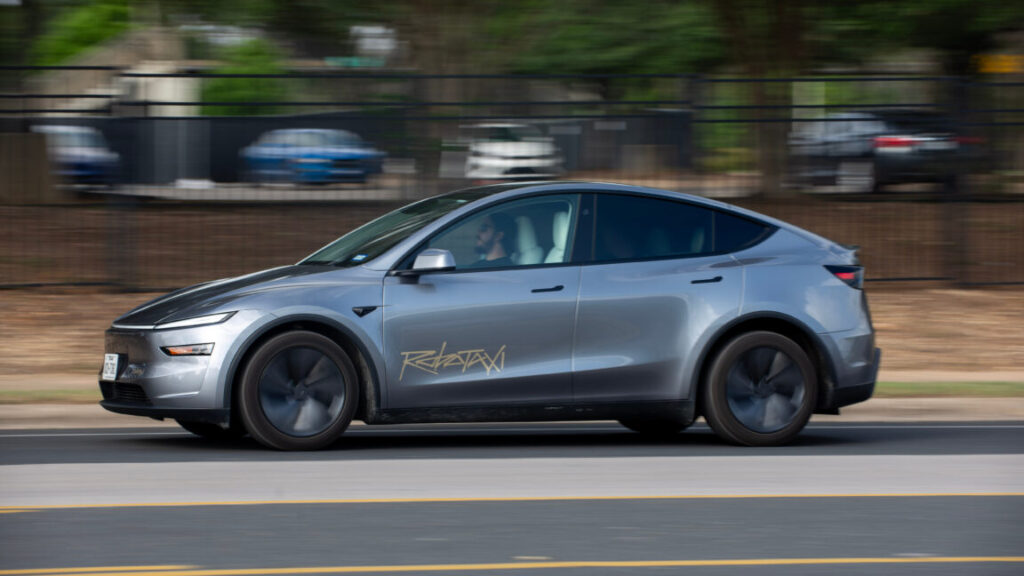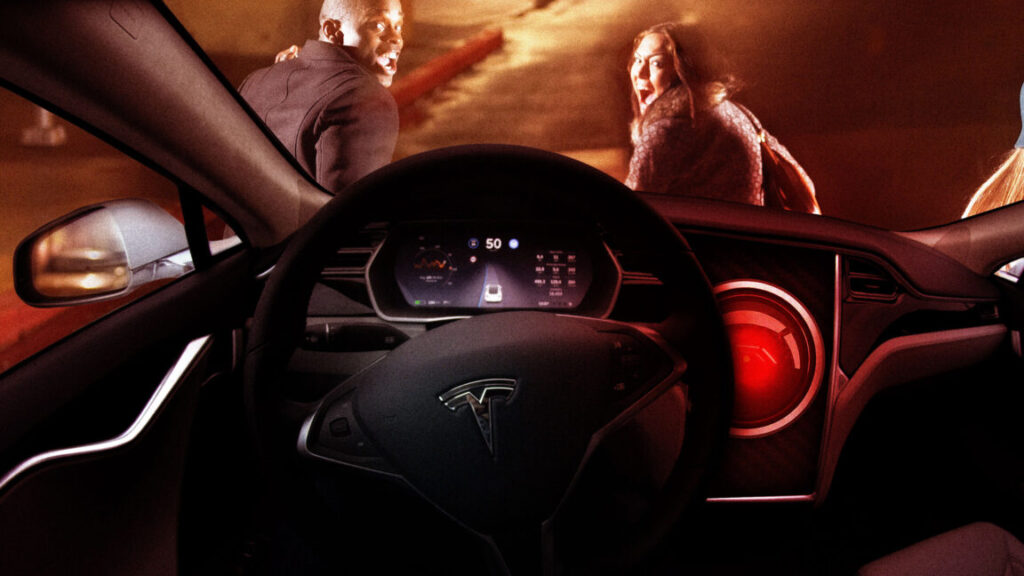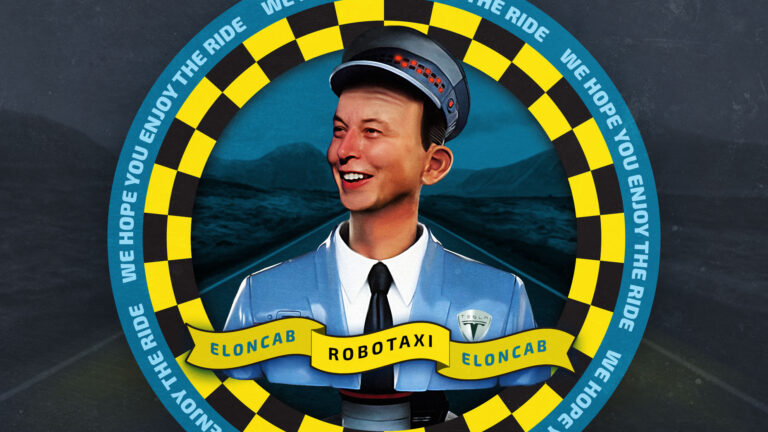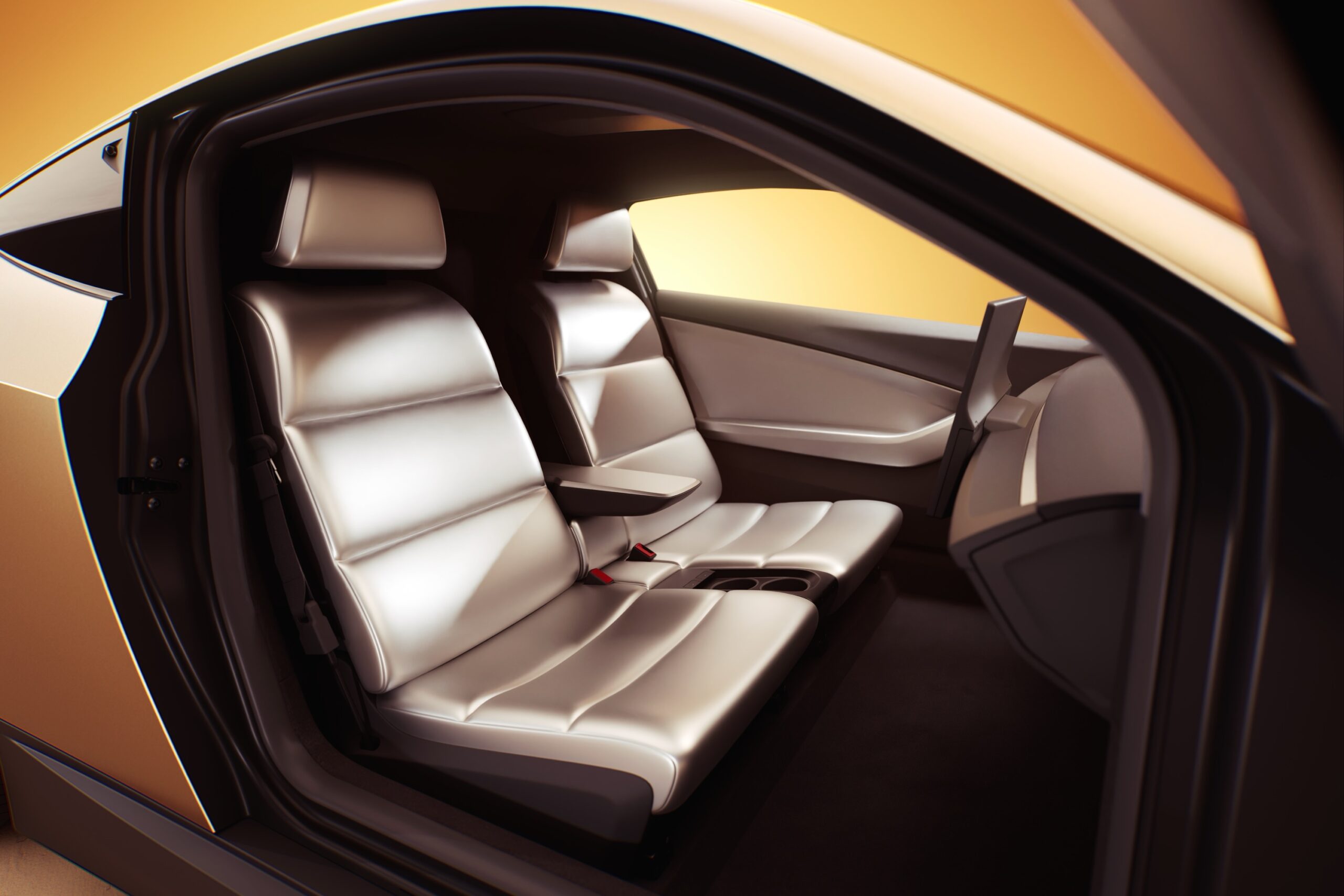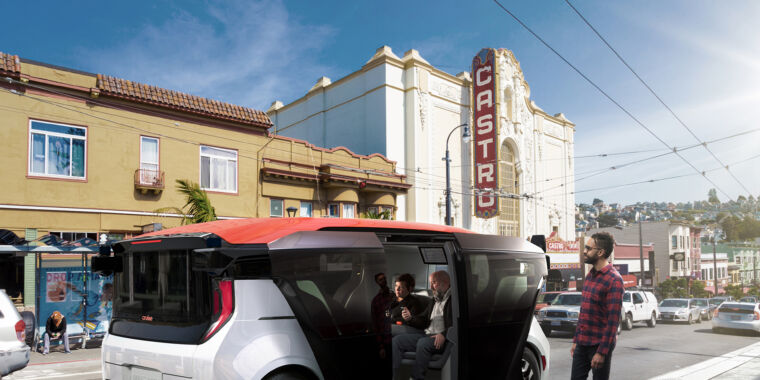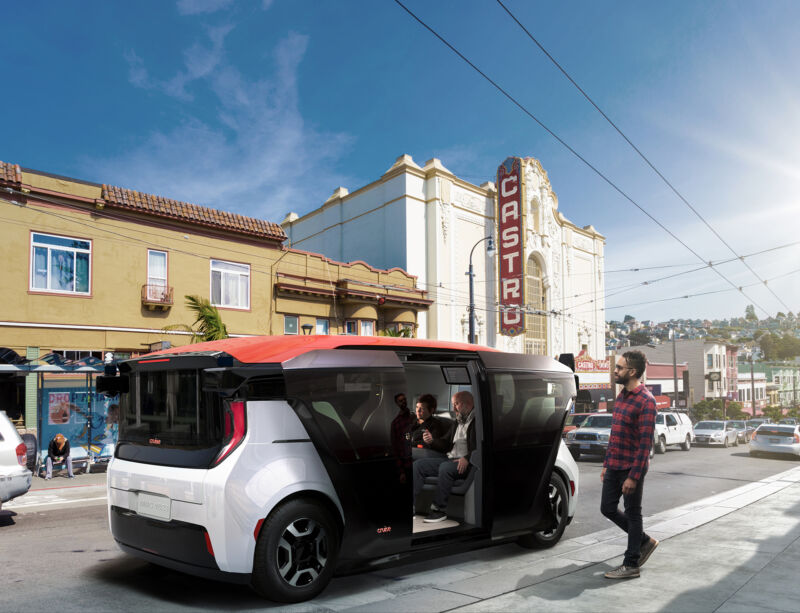Tesla launches robotaxi service in Austin
Tesla’s robotaxi service, touted by Elon Musk as the future of his flagging electric-car maker, launched in the company’s home city of Austin, Texas, on Sunday with about 10 vehicles and a human safety driver on board amid regulatory scrutiny of its self-driving technology.
Shares in Tesla have risen about 50 percent from this year’s low in early April, with investors hopeful the autonomous ride-hailing service will help revive a company that has suffered declining sales and a consumer backlash against Musk’s political activism.
Despite the hype surrounding Tesla’s robotaxi, the launch—with a company employee seated in the passenger side for safety while leaving the driver’s seat empty—was low-key, and the initial service was open only to a select group of social media influencers.
Shortly before the launch, Musk said on social media that the robotaxi service would begin “with customers paying a $4.20 flat fee.”
According to Musk, who has stepped back from his US government role to focus on the electric-car maker and the robotaxi, the self-driving Tesla Model Y vehicles will only operate in limited areas, avoid challenging intersections, and have teleoperators who can intervene if problems arise.
The limited launch comes as the National Highway Traffic Safety Administration continues to carry out multiple investigations into Musk’s claims about the capabilities of Tesla’s autopilot and “full self-driving” systems. Despite its name, the full self-driving system still requires humans to sit in the driver’s seat and pay full attention—unlike Google’s Waymo taxis.
The NHTSA wrote a letter in early May seeking additional information about technologies that would be used in Tesla’s robotaxi service. The regulator said it had received Tesla’s response and was reviewing its content.
Musk said in a social media post this month that the company was being “super paranoid” about safety. But he has also claimed there would be 1,000 robotaxis “in a few months,” and that the service would expand to cities such as San Francisco and Los Angeles.
Tesla launches robotaxi service in Austin Read More »
